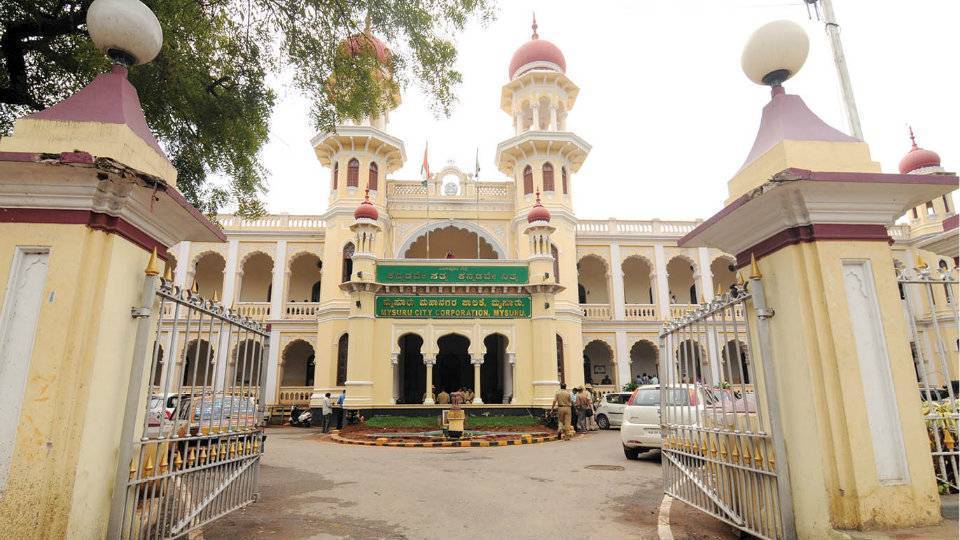The Karnataka state cabinet has approved an amendment to the Karnataka Fire Force Act, 1964, introducing a 1% fire cess on newly constructed high-rise buildings. The cess will be levied as a surcharge on property tax and is applicable to all qualifying residential, commercial, hospital, and industrial buildings defined under Section 13 of the Act.
The proposal forms part of the Karnataka Fire (Amendment) Bill, 2025, and is intended to generate dedicated revenue for strengthening the fire and emergency response infrastructure in the state’s rapidly growing urban centres.
Law and Parliamentary Affairs Minister H.K. Patil, while announcing the move, explained that the cess would apply to newly constructed buildings that meet the high-rise classification and would be collected at the time of property registration or occupancy. The collected funds will be earmarked for modernising fire stations, procuring equipment, and expanding fire personnel capacity.
The levy, though framed as a safety-enhancing measure, has attracted concerns from stakeholders in the real estate sector and among homebuyers.
Dhananjaya Padanabhachar of the Karnataka Homebuyers’ Forum has indicated that the financial burden of the new cess is likely to be passed on to the homebuyer during the sale process. He pointed out that charges incurred by developers during fire safety certification and compliance—such as fire No Objection Certificates and mandatory inspections—are already embedded into the final sale price of residential units.
From the development sector, Nesara B.S., chairman of Concorde, raised concerns over the cumulative impact of regulatory surcharges on the cost of living. He noted that the new fire cess adds to a growing list of statutory levies, such as solid waste management cess, increased property registration charges, and rising utility costs, which are making home ownership increasingly expensive in cities like Bengaluru. According to him, while enhancing fire safety infrastructure is essential, the state must also examine affordability metrics for end-users.
Despite the pushback, the government maintains that the cess is a necessary intervention to improve preparedness and infrastructure, especially in cities with dense high-rise clusters. Officials note that Bengaluru alone has over 10,000 high-rise structures, with fire services often operating under resource constraints in terms of equipment, personnel, and urban access.
The amendment bill positions the cess as a step toward long-term sustainability in fire services funding. State officials have indicated that revenues from the cess will be ring-fenced and used specifically for fire department upgrades, training, and procurement of high-reach aerial ladders, breathing apparatus, and communication systems.
Urban development experts suggest that such dedicated funds can enable municipalities to address current response gaps in congested areas and support capital expenditure without depending entirely on state budgets. However, they also underline the need for strict transparency in fund allocation and usage, to ensure that the surcharge delivers measurable improvements.
Once the Karnataka Fire (Amendment) Bill, 2025 is passed by the legislature, the 1% fire cess will come into force across all local bodies in the state. Local municipal authorities will be tasked with cess collection and utilisation planning in consultation with state fire services.
The government has yet to clarify whether exemptions or rebates will be available for affordable housing, senior care facilities, or public institutions. Industry bodies have requested further consultation on implementation details, especially with regard to the timing of cess applicability during the development lifecycle, whether at sanction, occupancy, or property handover.









